The latest short-term outlook from the EU Commission warns downward pressure on beef price "is to be expected due to ample domestic and world supply and higher EU imports".
EU imports of beef were 12% higher in the first half of 2018. South American countries accounted for nearly 80% of EU imports and were led by Brazil and Argentina.
Imports are expected to slow for the remainder of the year leaving total imports 6% ahead of last year.
However, it is noted “key partners” will continue to export to the EU if prices remain attractive, compared to other destinations.
EU production
Beef production in the EU increased by 2% in the first half of 2018 due mainly to an increased slaughtering of cows and heifers according to the report.
The proportion of production accounted for by male cattle remained stable as there were increased slaughterings but lower carcase weights.
Overall, beef production is expected to increase by 1.5% and then stagnate in 2019
These trends are being attributed to the drought experienced not only in Ireland but across Europe as farmers culled cows and brought slaughterings forward due to a shortage of fodder.
Overall, beef production is expected to increase by 1.5% and then stagnate in 2019. Slaughterings are expected to slow following rainfall and more favourable pasture conditions.
However, the number of cattle finished over winter may increase as farmers are short on winter fodder.
The increase in beef production was not expected at the beginning of the year but suckler herds in France, the UK, Italy and Austria have all experienced significant reductions.
Read more
Farmers to protest low beef prices outside ABP
EU cereal production 8% below five year average
The latest short-term outlook from the EU Commission warns downward pressure on beef price "is to be expected due to ample domestic and world supply and higher EU imports".
EU imports of beef were 12% higher in the first half of 2018. South American countries accounted for nearly 80% of EU imports and were led by Brazil and Argentina.
Imports are expected to slow for the remainder of the year leaving total imports 6% ahead of last year.
However, it is noted “key partners” will continue to export to the EU if prices remain attractive, compared to other destinations.
EU production
Beef production in the EU increased by 2% in the first half of 2018 due mainly to an increased slaughtering of cows and heifers according to the report.
The proportion of production accounted for by male cattle remained stable as there were increased slaughterings but lower carcase weights.
Overall, beef production is expected to increase by 1.5% and then stagnate in 2019
These trends are being attributed to the drought experienced not only in Ireland but across Europe as farmers culled cows and brought slaughterings forward due to a shortage of fodder.
Overall, beef production is expected to increase by 1.5% and then stagnate in 2019. Slaughterings are expected to slow following rainfall and more favourable pasture conditions.
However, the number of cattle finished over winter may increase as farmers are short on winter fodder.
The increase in beef production was not expected at the beginning of the year but suckler herds in France, the UK, Italy and Austria have all experienced significant reductions.
Read more
Farmers to protest low beef prices outside ABP
EU cereal production 8% below five year average




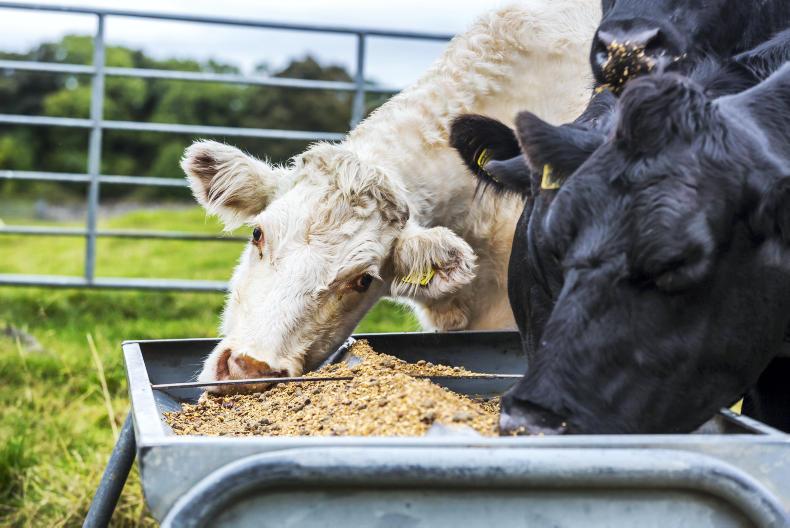
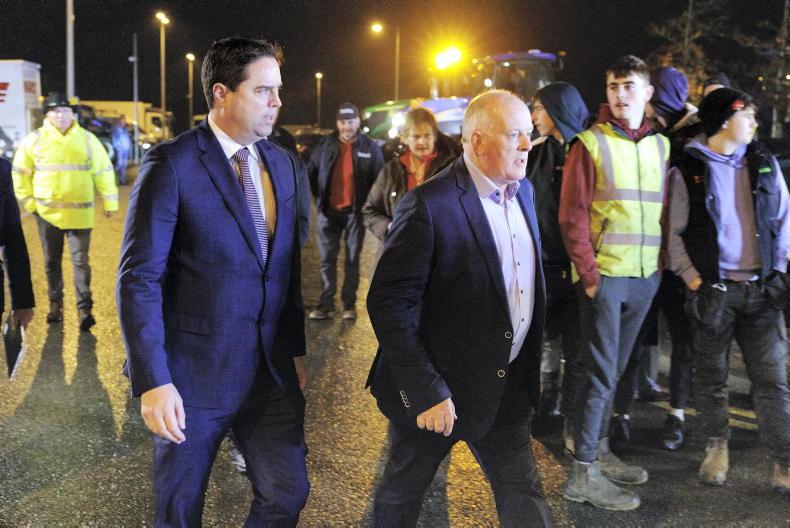

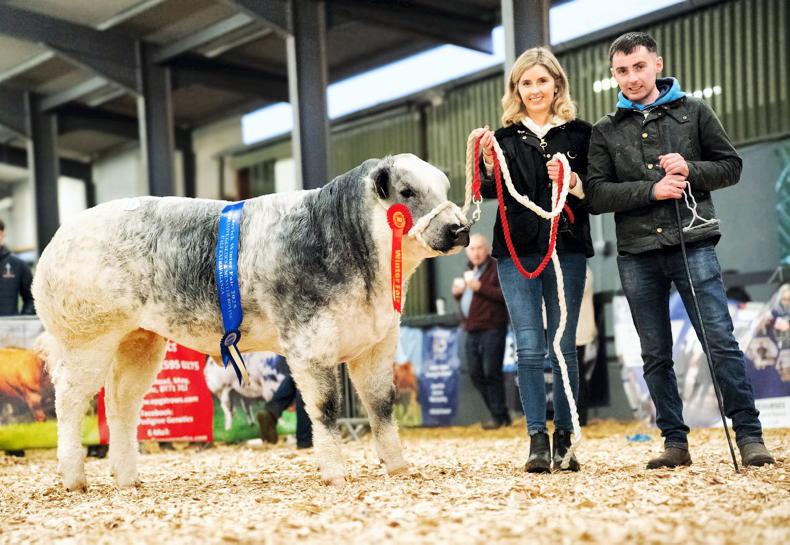
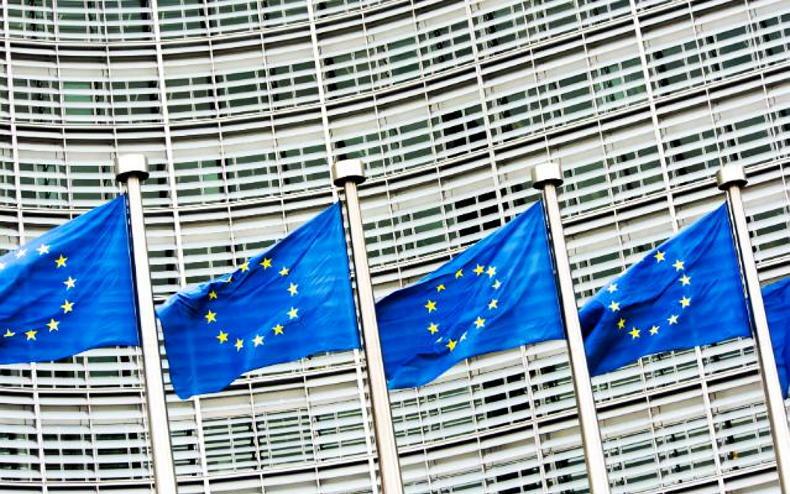
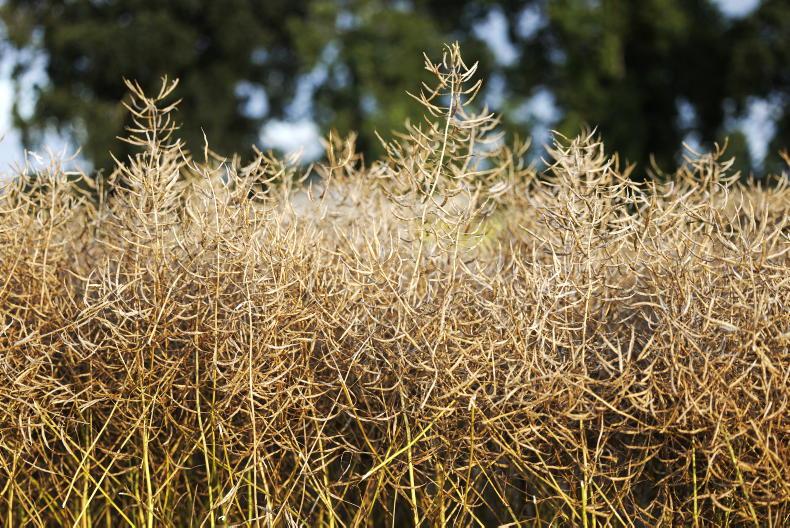
SHARING OPTIONS